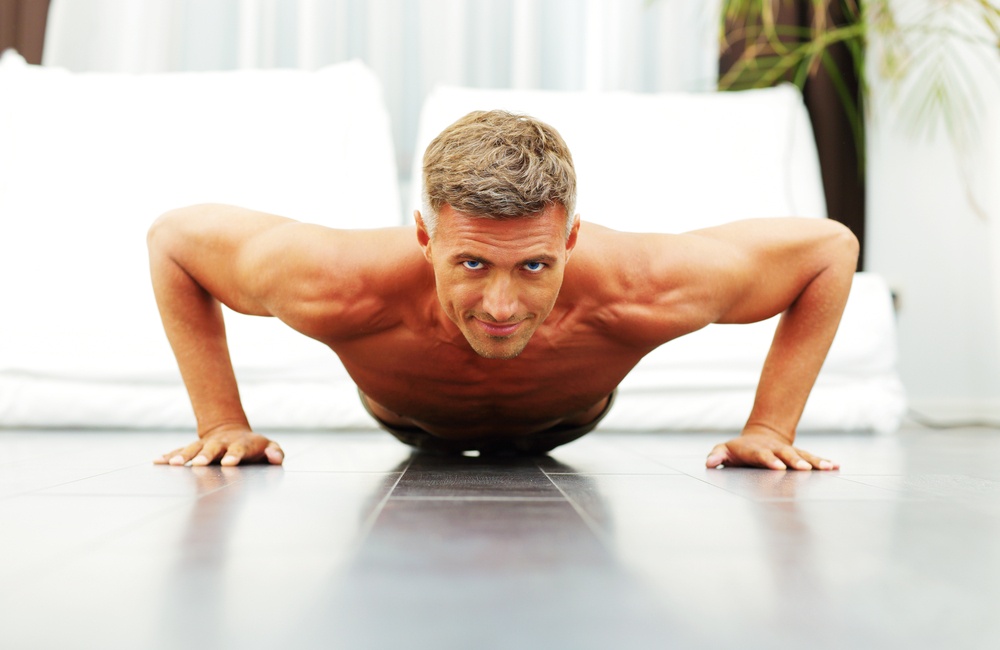Powerlifting: How to get stronger
Think of your body as a unit. Use the concepts of volume and linear progression as overarching principles and take off your individual weak links. Stay consistent and committed and you will become stronger.
What is your why
Before we go into the details of how to get stronger for powerlifting, let me ask you a couple of questions:
-
Why do you want to get stronger
-
Why do you want to change your body
-
What happens when you do
-
What happens if you don’t
These questions are essential for your personal success. Research shows that those who write down and reflect on their goals are more likely to achieve them. When was the last time you did this? Many go about their lives like this:
-
What do I want
-
How do I get it
-
Why do I want it
This is a straight road to nowhere. What you want changes hundreds of times a day depending on what you see, hear and do. What you want will look out for your immediate needs and does not plan for the future. If you put what you want in the middle of attention you will spread your resources thin and scatter your time between too many activities. Something interesting happens when you flip these questions on their head:
-
Why do you want something
-
How do you get it
-
What needs to be done
This way you will connect your life to your long term goals which really matter. Your thoughts and actions will become more connected. Success will come to you. If you want to know how this works on a psychological basis read Daniel Kahneman's thinking fast and slow. Simon Sinek's TED talk on the golden circle will change your life.
It all starts with creating better habits on a daily basis. The best way to get there for me was to keep a journal. The self journal from best-self is the best I found. You can check it out via this link.
Linear progression
One of the most important principles to get stronger for beginners is a linear progression. Beginners can improve their strength at such a fast pace that you can increase your weight on the exercises in each workout. Programs which utilize linear progression are Stronglifts and Starting Strength.
The concept of linear progression actually never leaves you as a strength athlete. The only difference is that the line gets more drawn out the stronger you become. Where beginners progress in days, intermediates progress in weeks and experts in months.
Volume
Volume is the amount of weight lifted over a certain period of time for a specific exercise. A week is usually a good unit to measure this number. Volume is the sum of all sets and repetitions during that week multiplied by the weight used. To calculate
Number of sets x number of reps x weight used
Your goal is to increase the number for this equation for each exercise. If you do, congrats you are stronger.
Size
Size matters quite a lot for strength. If you have no artificial limit imposed on you for your size for, for example by the weight class you want to compete in, it behooves you to get as big as possible to get stronger.
This is plain physics. The bigger your body the easier it will become to move big things. Check out Isaac Newton for details.
Technique
The bench press, squat and deadlift also depend to a high degree on technique. For the squat, it is usually lack of ankle mobility that leads to suboptimal pressure of the feet into the ground. If your heel comes up while you are squatting you are losing strength.
For the bench press, it is usually lack of an arch and triceps muscles. One of the main reasons that my bench press is relatively good compared to my poor deadlift and squat is that I know how to arch and have an oversized triceps compared to the rest of my body.
For the deadlift, it is usually a lack of keeping the barbell close to your body. That unnecessarily prolongs the bar path which requires more strength to move the weight.
Sticking points
Every lifter has sticking points in their lifts. A sticking point occurs after a part where the lifter is weakest. For the bench press, it is often just above the chest. For the squat, it is just out of the hole. More experienced lifters target these sticking points with specific exercises like:
-
Paused squats
-
Spoto presses
-
Rack Pulls
-
Block Pulls
-
Paused bench presses
-
Pin squats
These exercises are more advanced and require to master the basics first. Usually, they are incorporated into your training when you switch from linear progression to a more sophisticated program like Wendler 531 or the Juggernaut method.
Speed
Speed is another aspect of strength. The quicker you move, the more you can lift. The longer you take to complete the lift, the more strength you use up.
Speed work in powerlifting is usually done with chains and bands. The training philosophy which perfected this approach is the west side method.
Small muscle groups
Focusing on the bench press, squat and deadlift sometimes leave smaller muscle groups out of scope which becomes the bottleneck of your strength development. These areas usually are:
-
Biceps
-
Triceps
-
Lower back
-
Hamstrings
-
Abs
To remedy this it is a good idea to attack these areas with appropriate accessory exercises like:
-
Kettlebell swings
-
Glute ham raises
-
Croc rows
-
Good mornings
-
Lat Pulldown
-
Skull crushers
-
Tricep extensions
-
Bicep curls
Powerlifting: how to get stronger
The most important part is to think of your body as a whole. It has to function in its entering to ensure the best performance. After this gear this machine towards establishing the biggest total possible.


